Gamers worldwide have been eagerly awaiting Lenovo’s entry into the handheld gaming arena with their rumored SteamOS device. The promise of a powerful, portable gaming machine to rival the Steam Deck and ROG Ally had many reaching for their wallets. But now, a new report suggests that those wallets might need to stretch a little further than initially anticipated. Could this unexpected price jump derail Lenovo’s ambitions and leave gamers feeling deflated?
Recent whispers from industry insiders and tech publications indicate that Lenovo’s upcoming handheld could see a price increase of around $50 compared to earlier expectations. While the exact original price point remains somewhat speculative due to a lack of official confirmation from Lenovo itself, many anticipated a price close to or slightly below the base model of the Steam Deck, which currently retails for $399. This new information suggests a potential starting price closer to the $449 mark, placing it in direct competition with the mid-tier Steam Deck and potentially overlapping with the entry-level ASUS ROG Ally.
So, what could be the reason behind this unexpected price adjustment? Several factors might be at play. The global chip shortage, although showing signs of easing, continues to impact the cost of components. High-performance processors, memory, and storage solutions necessary for a smooth gaming experience on a handheld device remain in demand, potentially driving up manufacturing costs.
Another contributing factor could be the current economic climate. Inflation rates remain elevated in many parts of the world, impacting the cost of raw materials, manufacturing, and shipping. These increased operational expenses could force Lenovo to adjust their pricing strategy to maintain profitability.
Furthermore, the specific features and specifications of Lenovo’s handheld will undoubtedly play a significant role in its final price. If the device boasts a particularly high-resolution display, a larger battery, more RAM, or a more powerful processor than initially speculated, these premium components would naturally contribute to a higher price tag.
The news of a potential price increase, even if it’s just $50, can have a significant psychological impact on consumers. Many gamers were likely budgeting for a handheld within a specific price range. A sudden increase, even a seemingly small one, can lead to disappointment and potentially sway purchasing decisions towards competitors or even delaying the purchase altogether.
Consider the emotional response of a gamer who has been saving up for months, anticipating a new handheld at a certain price point. The news of a price hike can feel like a punch to the gut, especially in times of economic uncertainty. It raises questions about the value proposition and whether the device will still be as appealing at the new price.
This situation also highlights the delicate balancing act that manufacturers face when pricing new hardware. They need to remain competitive in the market while also ensuring they can cover their costs and generate a profit. Finding that sweet spot is crucial for the success of any new product launch.
While Lenovo has yet to officially announce the price or specifications of their SteamOS handheld, these reports serve as a crucial reminder that the final cost can often deviate from initial expectations. The handheld gaming market is becoming increasingly competitive, with established players like Valve and ASUS already offering compelling devices. Lenovo will need to carefully consider its pricing strategy to carve out a successful niche for itself.
Gamers will undoubtedly be watching closely for any official announcements from Lenovo. The extra $50 could be a deciding factor for many, especially those on a tight budget. Will Lenovo be able to justify the higher price with compelling features and performance? Or will this unexpected increase leave potential customers feeling priced out and looking elsewhere for their portable gaming fix? Only time will tell how this price adjustment will impact the reception of Lenovo’s highly anticipated SteamOS handheld.

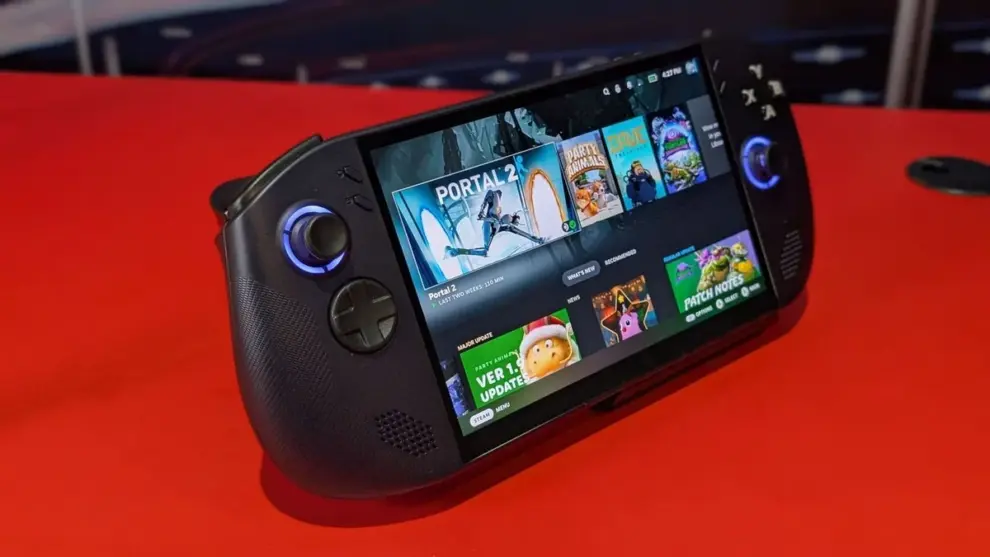


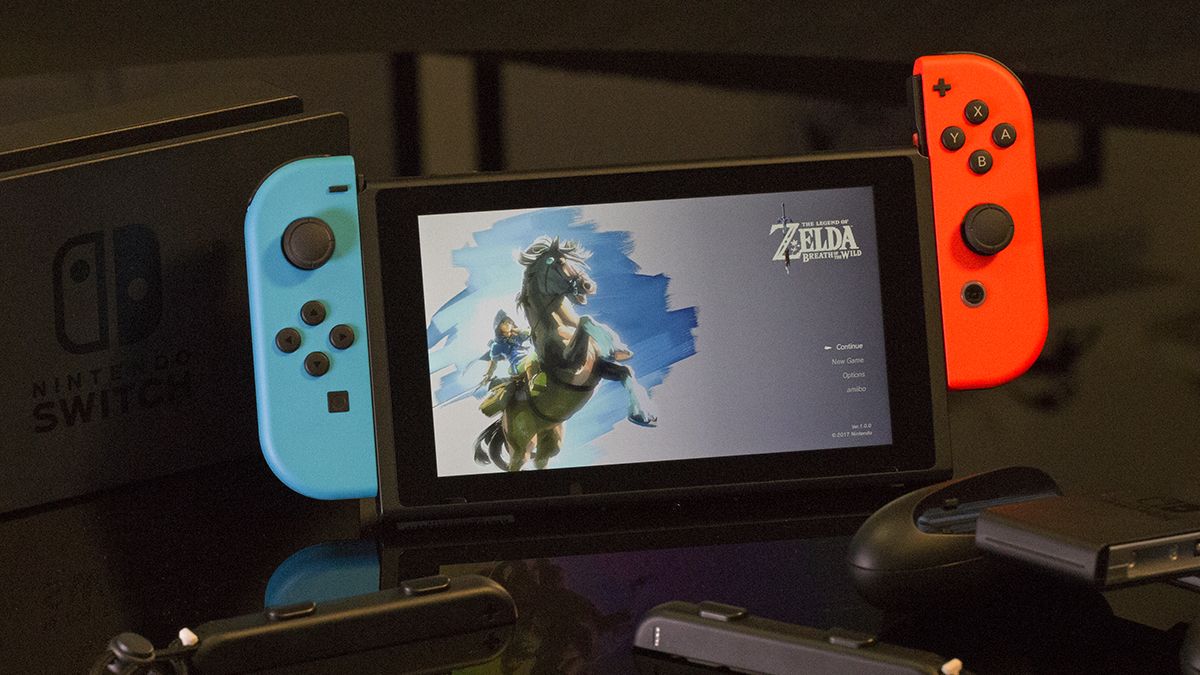
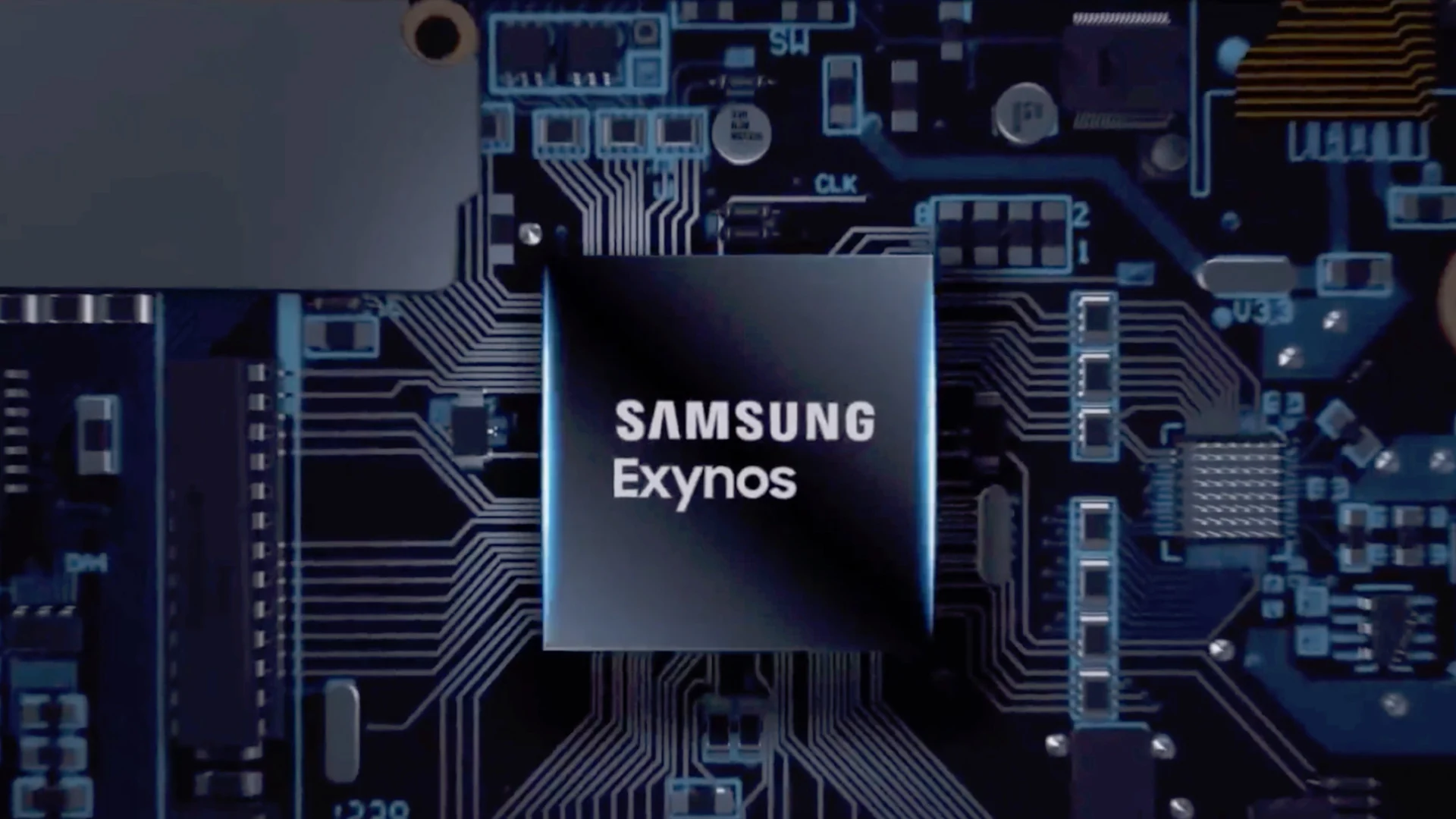

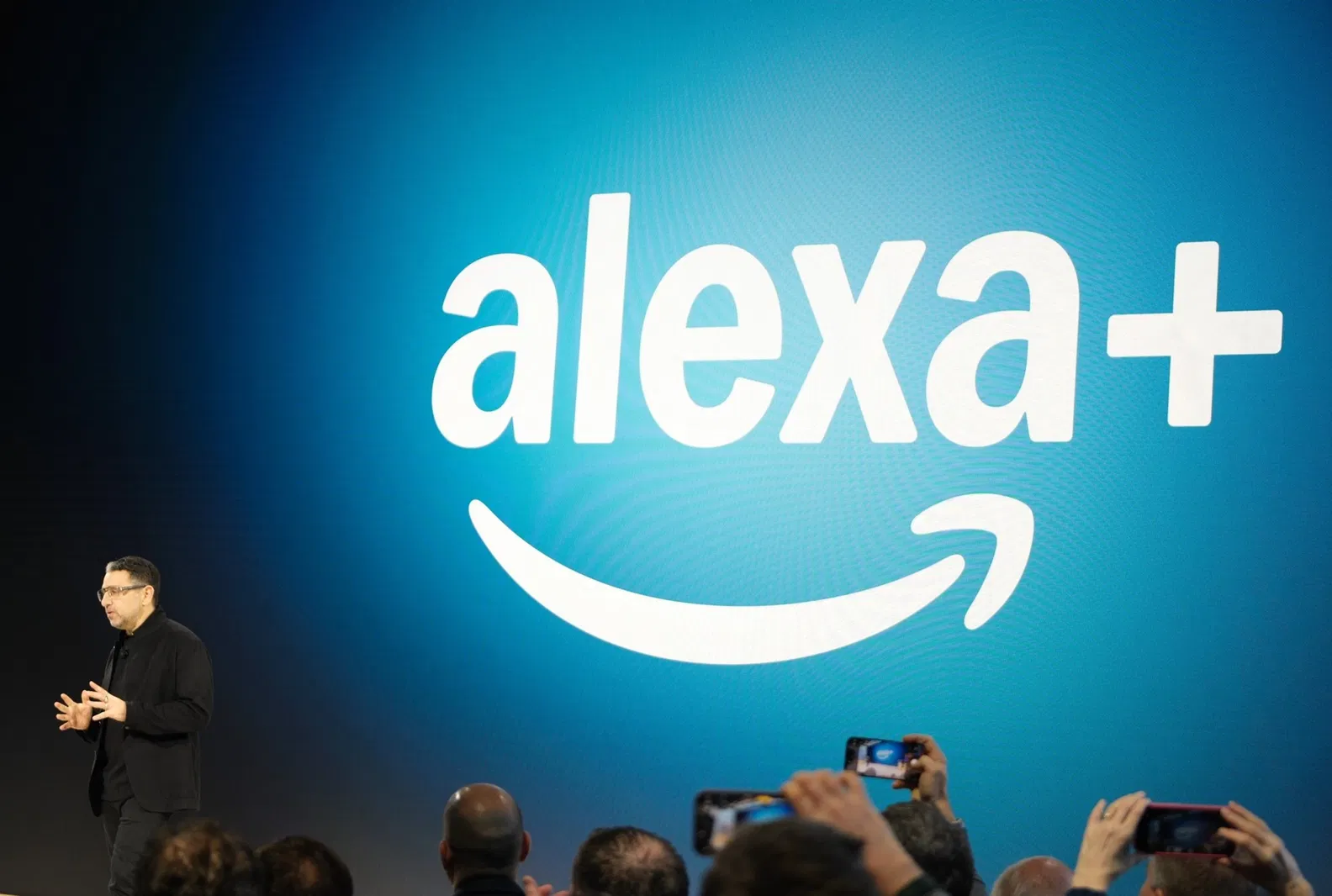

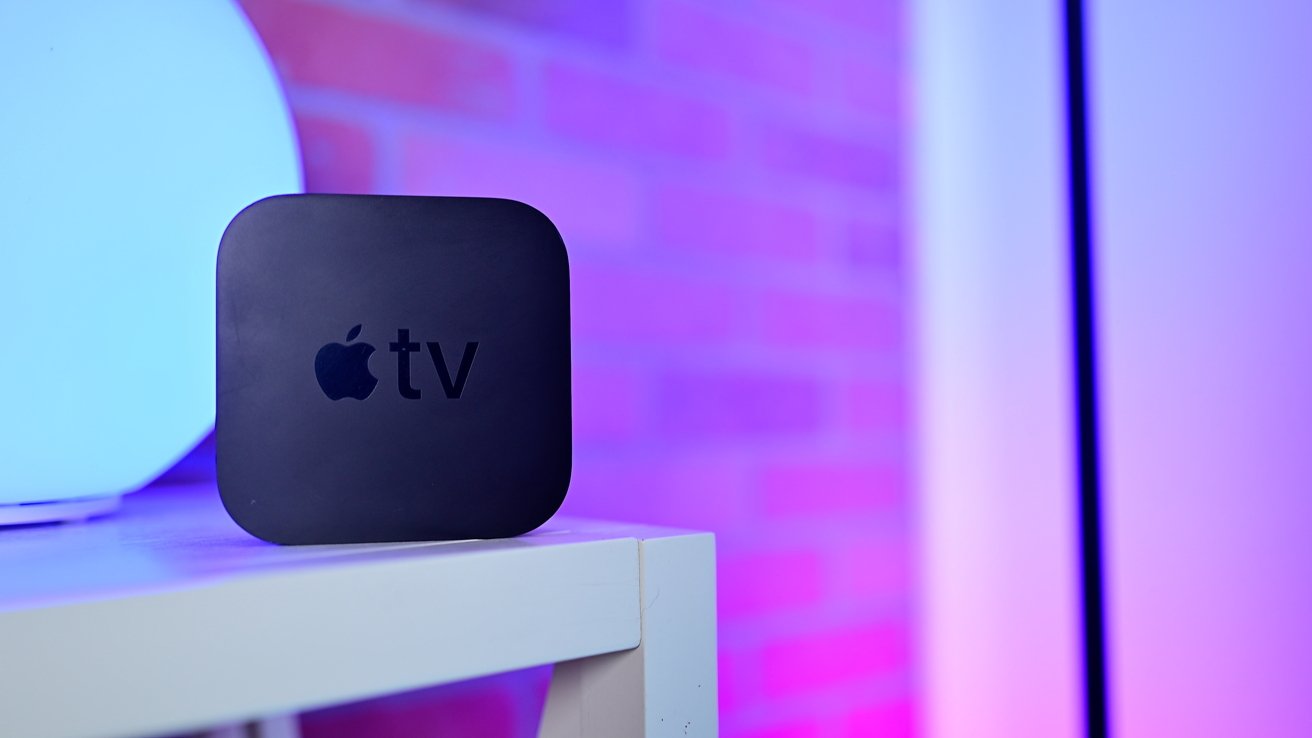
Add Comment